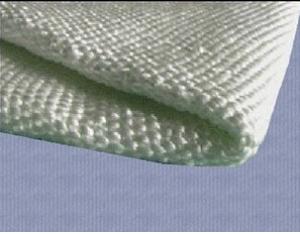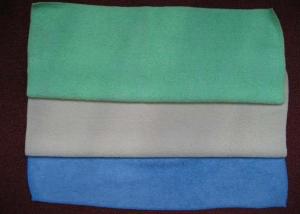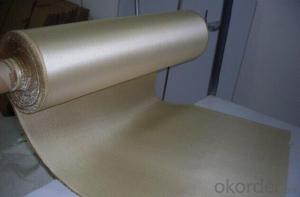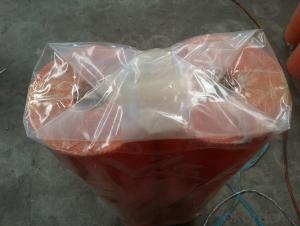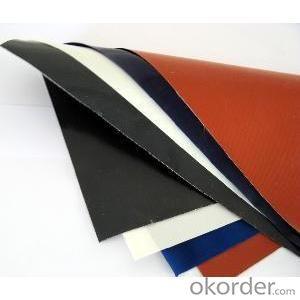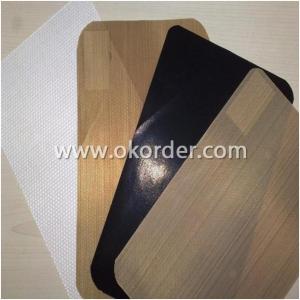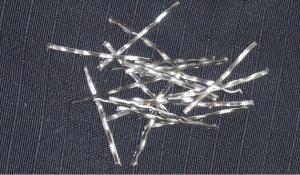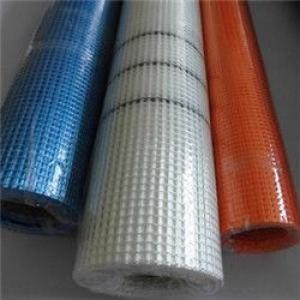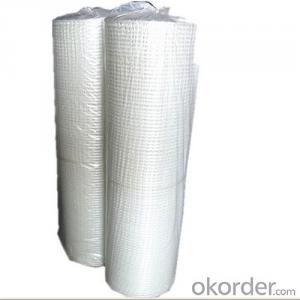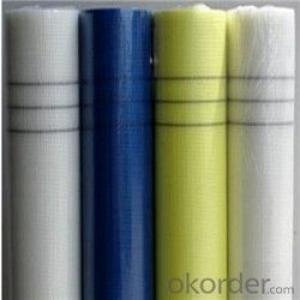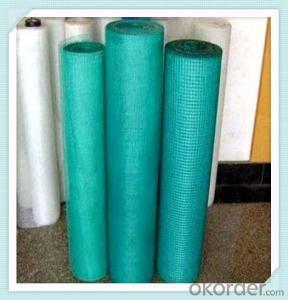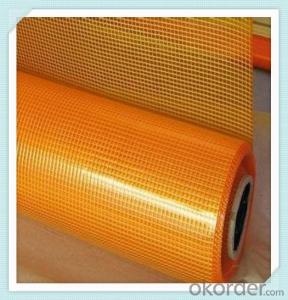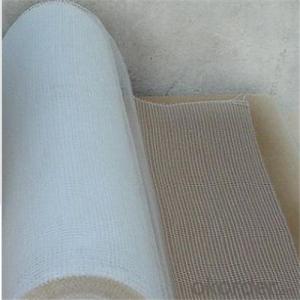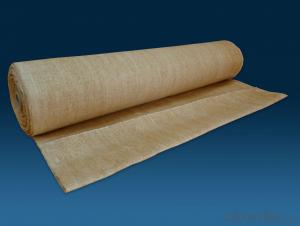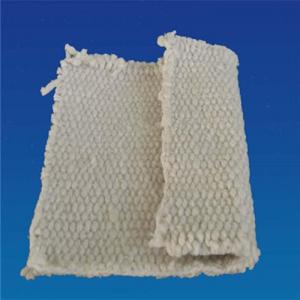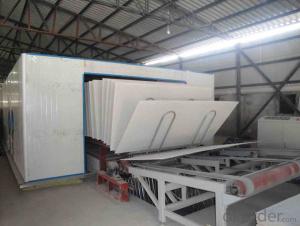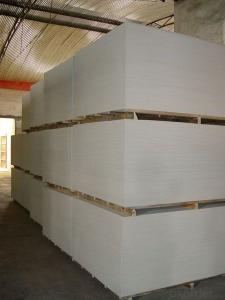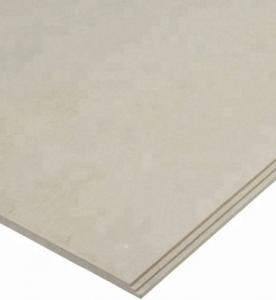Carbon Fiber Cloth
Carbon Fiber Cloth Related Searches
Carbon Fiber Cloth Material Fabric Roll Of Fiberglass Cloth Fiberglass Cloth Philippines Fiberglass Cloth Roll Textile Fiber Epoxy Resin And Fiberglass Cloth Binding Cloth Tape Waterproof Shade Cloth Carbon Graphite Block Carbon Filters And Fans Cloth Strainer Car Fiberglass Carbon Block Filtration Fiberglass Fabric 1708 Fiberglass Cloth Fibre Board Fiberglass Woven Fabric Fibreglass Fabric Fiber Paper Woven Fibreglass Block Carbon Filters Fiberglass Yarn Fibrillated Yarn Double Sided Carbon Tape Fiberglass Woven Geosynthetic Fabric Plastic Calf Huts Fiberglass Insulation Blanket Sic FiberCarbon Fiber Cloth Supplier & Manufacturer from China
Carbon Fiber Cloth is a composite material made from thin, strong carbon fibers woven together to form a flexible fabric. This advanced material is known for its exceptional strength-to-weight ratio and resistance to corrosion, making it an ideal choice for a variety of applications.Carbon Fiber Cloth is widely used in industries such as aerospace, automotive, marine, and sports equipment due to its lightweight and high-strength properties. It is commonly employed in the manufacturing of components that require durability and minimal weight, such as aircraft wings, car body panels, boat hulls, and bicycle frames. Additionally, it is utilized in the construction of high-performance sports equipment like tennis rackets, golf clubs, and racing helmets, where its strength and lightweight nature are particularly beneficial.
Okorder.com is a leading wholesale supplier of Carbon Fiber Cloth, offering a vast inventory of this high-quality material to cater to the needs of various industries. With a commitment to providing top-notch products and excellent customer service, Okorder.com ensures that customers can rely on them for all their Carbon Fiber Cloth requirements.



